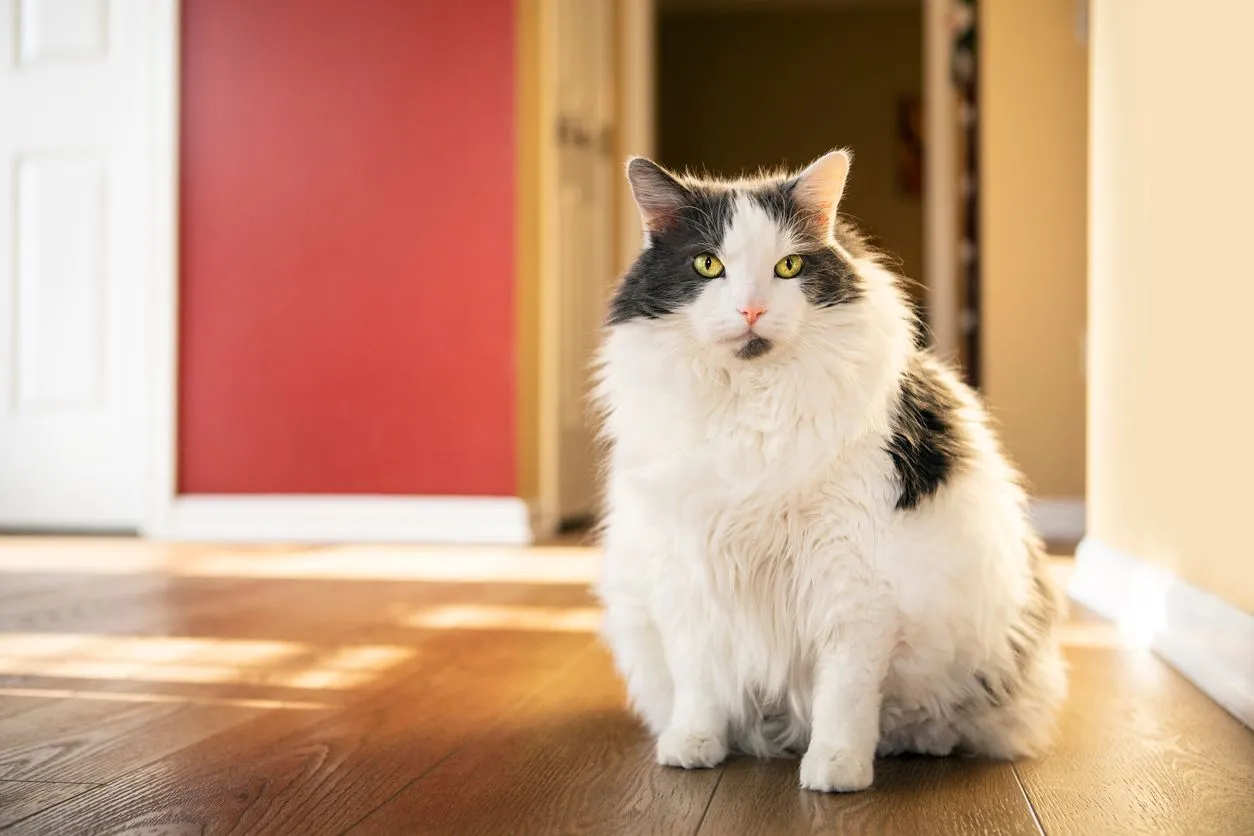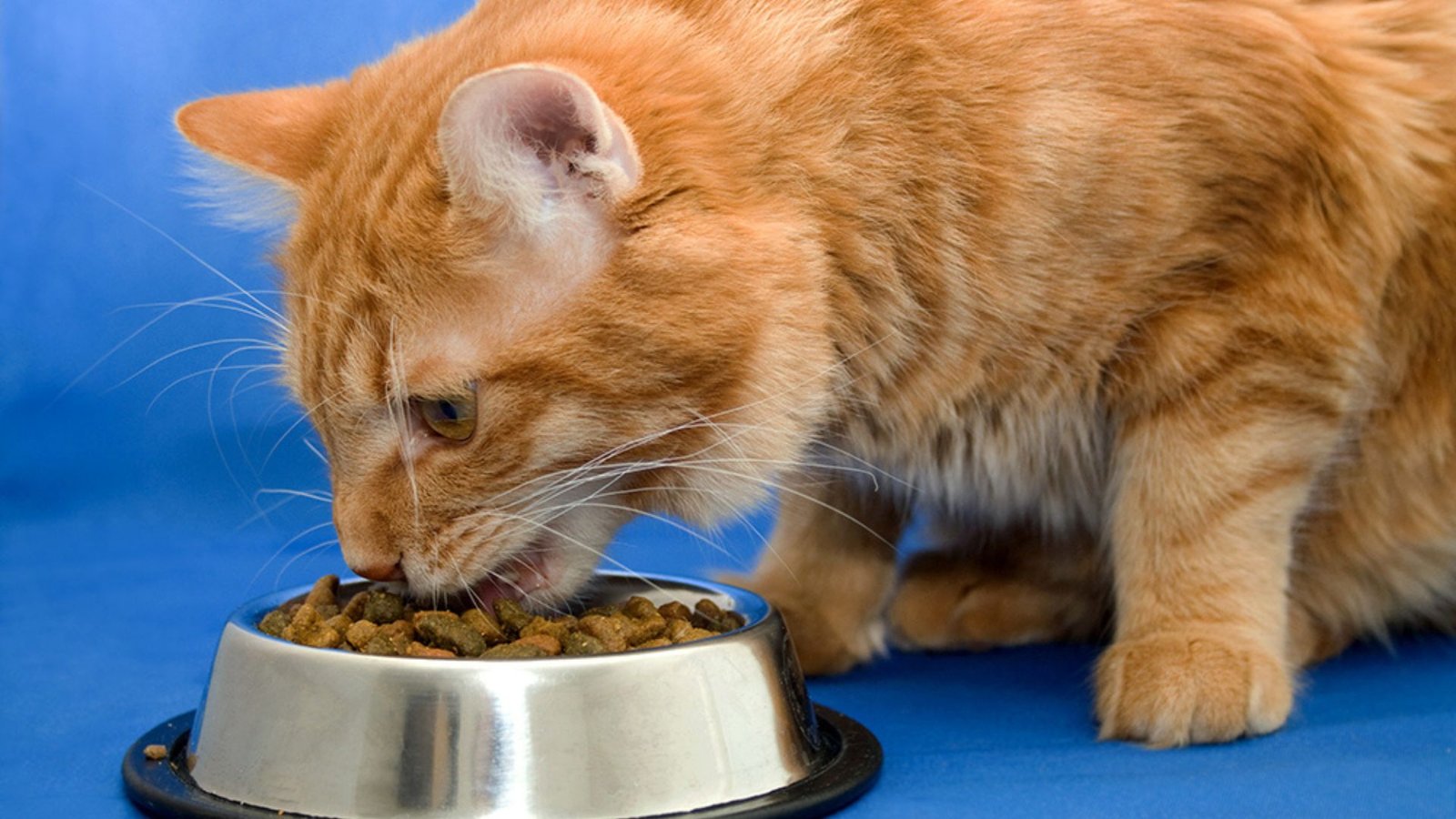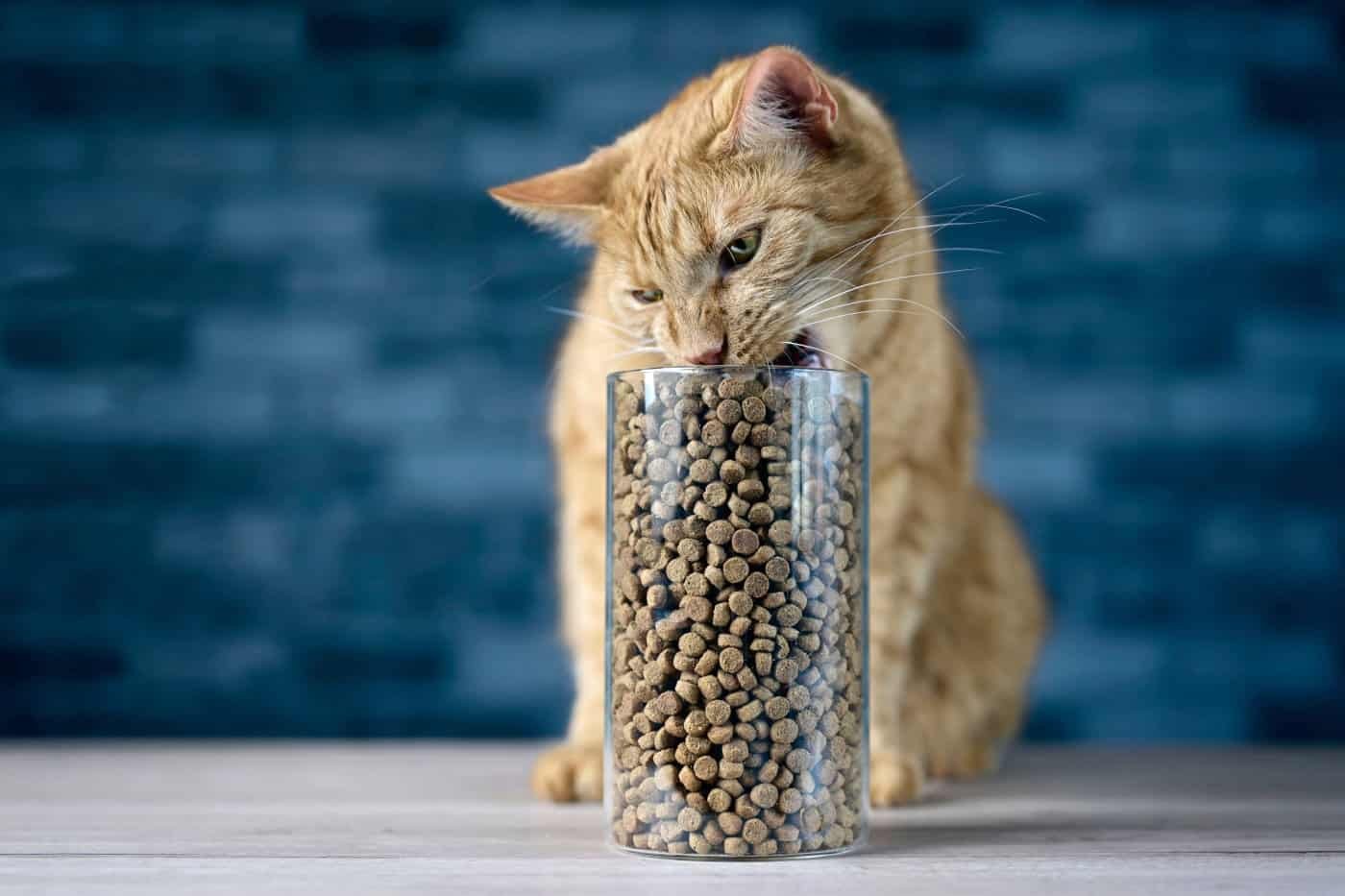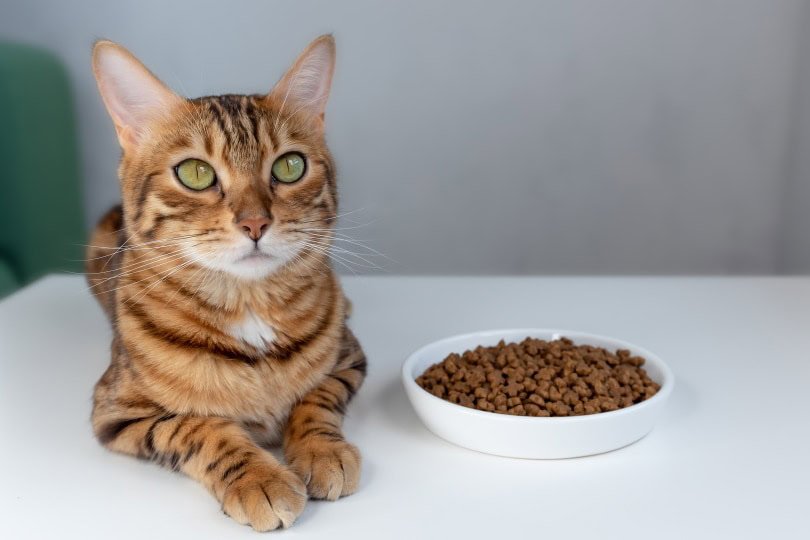Obesity is one of the most common health issues among cats, and it can lead to a variety of complications such as diabetes, arthritis, and heart disease. Just like in humans, a proper diet and healthy lifestyle are essential to keeping your cat at a healthy weight. As a responsible pet owner, it’s crucial to monitor your cat’s eating habits and activity levels to ensure they stay fit and healthy throughout their life.
In this post, we’ll explore why obesity is a concern for cats, the signs of obesity, and provide practical tips for preventing obesity through healthy eating and lifestyle choices.
Why Obesity is a Problem for Cats
Obesity in cats is often a result of overeating, lack of exercise, and an imbalance between calories consumed and calories burned. Unlike some animals that may eat to meet their energy needs, cats often eat simply because food is available, making portion control and healthy eating essential.
Excess weight in cats can contribute to several health problems, including:
- Diabetes: Overweight cats are at a higher risk of developing diabetes due to insulin resistance.
- Arthritis: Carrying excess weight puts stress on your cat’s joints, leading to arthritis and mobility issues.
- Heart Disease: Obesity increases the risk of cardiovascular problems in cats.
- Liver Disease: Fatty liver disease is more common in obese cats, which can have serious consequences.
- Reduced Lifespan: Obesity can significantly shorten a cat’s life expectancy due to its effect on overall health.
Signs Your Cat May Be Overweight
Before you can prevent obesity, it’s important to recognize the signs. Here are some common indicators that your cat may be carrying excess weight:
- Lack of Visible Waistline: When viewed from above, a healthy cat should have a noticeable waist behind the ribcage. If your cat’s body appears more cylindrical or round, it could indicate obesity.
- Ribs Are Hard to Feel: A healthy cat’s ribs should be easy to feel with gentle pressure. If you cannot feel them, your cat may be overweight.
- Sluggish Behavior: Overweight cats may become less active and more lethargic, making it harder for them to move around.
- Excess Fat Pads: If your cat has large fat pads around their abdomen or under their chest, they may be overweight.
If you suspect that your cat is overweight, it’s essential to consult with a veterinarian. Your vet can help determine your cat’s ideal weight and recommend the best course of action.
Tips for Preventing Obesity in Cats
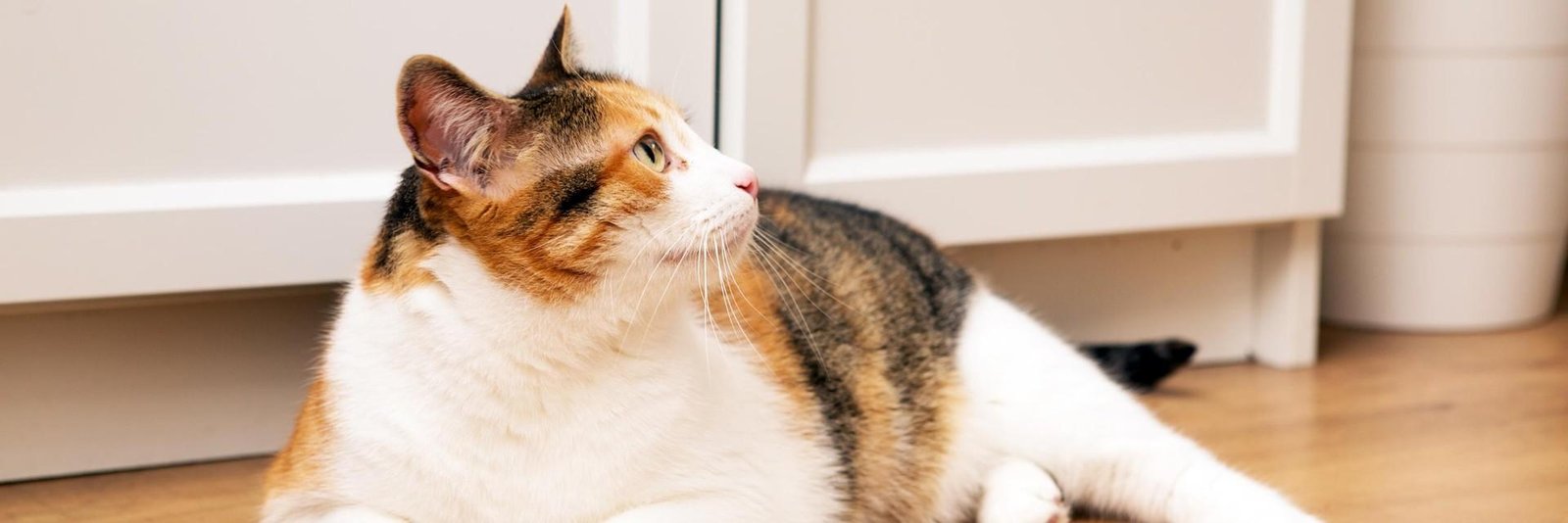
1. Provide a Balanced Diet
The first step in preventing obesity in cats is ensuring they are fed a balanced, nutritious diet. Look for high-quality commercial cat food that is specifically formulated for your cat’s life stage (kitten, adult, senior) and any special dietary needs. Whether you choose wet food, dry food, or a combination of both, make sure it contains appropriate amounts of protein, fat, and fiber.
- Protein: Cats are obligate carnivores, meaning they need protein from animal sources to thrive. Look for meat-based proteins (such as chicken, beef, or fish) as the main ingredient.
- Fat: While fat is necessary for energy, too much can contribute to weight gain. Choose foods with moderate fat content, especially if your cat tends to be less active.
- Fiber: Fiber helps regulate digestion and can promote a feeling of fullness, preventing overeating.
2. Control Portion Sizes
Portion control is crucial in preventing obesity. Many cat owners accidentally overfeed their pets by giving them too much food or by free-feeding (leaving food out all day). To manage your cat’s weight:
- Measure Food: Use a measuring cup or kitchen scale to ensure you are giving the right portion size.
- Follow Feeding Guidelines: Refer to the feeding guidelines on your cat’s food packaging or ask your veterinarian for advice on the appropriate amount based on your cat’s weight, age, and activity level.
- Avoid Free Feeding: Set meal times for your cat to prevent them from overeating. You can feed them 2-3 smaller meals a day, depending on their preferences.
3. Limit Treats and Table Scraps
While it’s tempting to spoil your cat with treats, overindulgence can contribute to weight gain. Treats should only make up a small portion of your cat’s daily caloric intake (ideally no more than 10%). Additionally, table scraps and human food can be too high in calories and fat, so avoid giving your cat any leftovers. Stick to healthy, cat-safe treats and be mindful of how many you offer.
4. Encourage Regular Exercise
Regular physical activity is essential to prevent obesity and keep your cat at a healthy weight. Cats, especially those indoors, may not get as much exercise as they need, which can contribute to weight gain. Here’s how to encourage your cat to move more:
- Interactive Play: Use toys such as laser pointers, feather wands, and balls to encourage your cat to chase, pounce, and jump. Try to play with your cat for at least 15-20 minutes each day.
- Cat Trees and Scratching Posts: Provide vertical spaces like cat trees or scratching posts to promote climbing and stretching.
- Puzzle Feeders: Use puzzle feeders or treat-dispensing toys to slow down your cat’s eating and encourage them to move around to get their food.
5. Monitor Your Cat’s Weight Regularly
Keep an eye on your cat’s weight and body condition. Weigh your cat regularly (at least once a month) and track any changes. If you notice your cat gaining weight, adjust their diet and exercise routine accordingly. Regular vet check-ups are also essential for monitoring your cat’s overall health and weight.
Conclusion
Preventing obesity in cats requires a combination of a balanced diet, portion control, regular exercise, and healthy habits. By following these tips, you can help ensure your cat maintains a healthy weight and lives a long, happy life. If you have concerns about your cat’s weight or diet, always consult your veterinarian for personalized advice and support.

